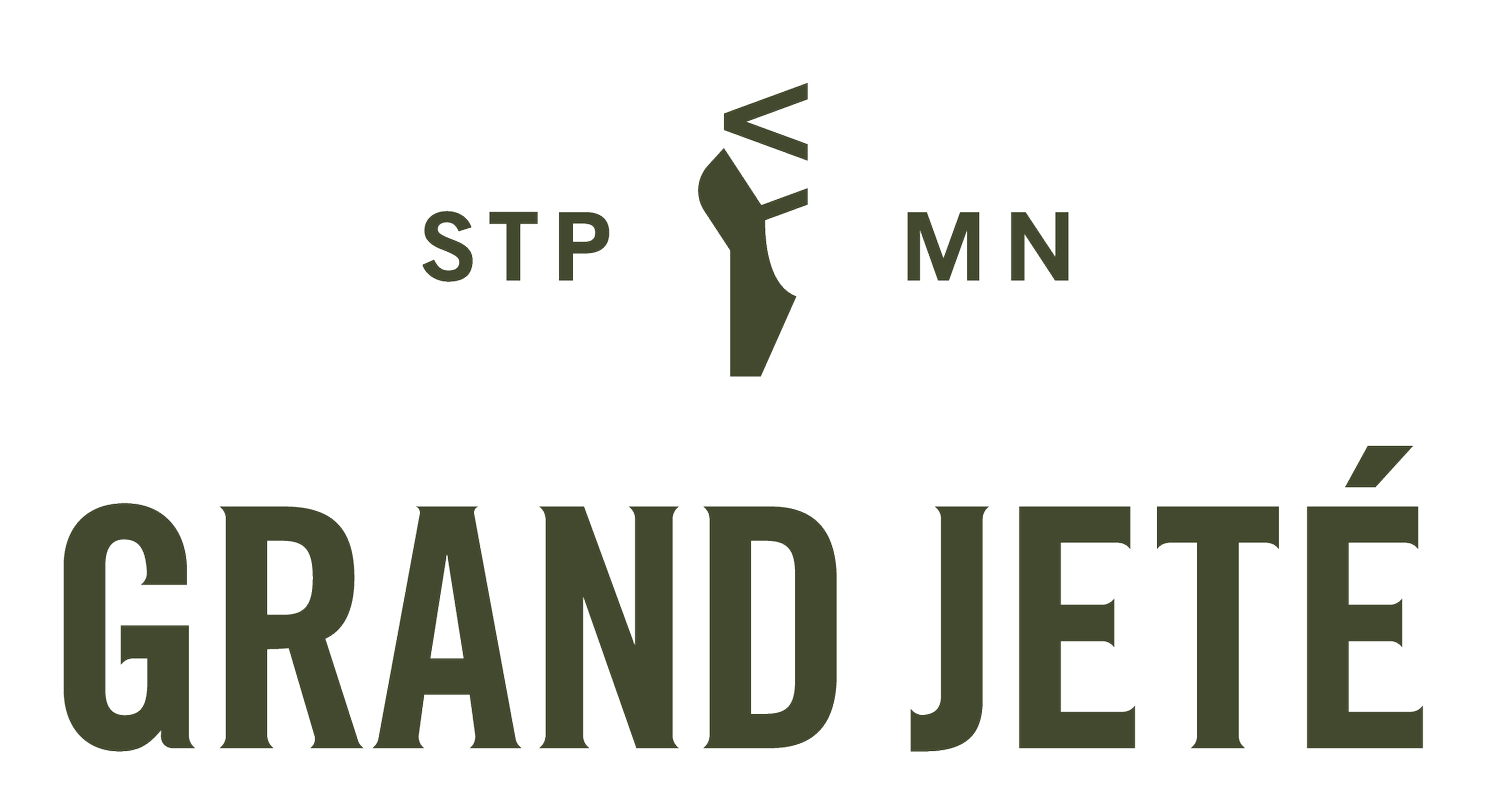Sewing Your Pointe Shoes
After you’ve found that perfect fit, it’s time to get sewing! The process can seem daunting, but we promise that with the right tools and some practice, every dancer can learn to sew their own shoes. We carry all the supplies you will need: ribbon, elastic, stitch kits, and more!
Which style of ribbon is right for you?
Satin Ribbon
Traditional satin ribbon, either matte or with a soft shine, provides a secure hold in the shoe.
Stretch Ribbon
With a light stretch, this ribbon provides a comfortable hold and the flexibility to tie shoes a little tighter than traditional ribbon.
Elastic Ribbon
Sometimes called “tendinitis ribbon,” a tab of elastic is inserted into traditional ribbon over the Achilles tendon, to provide targeted comfort.
Double-Cross or Single-Loop?
Double-crossed elastic, where two pieces of elastic cross over the ankle (as shown on the left), can be more secure and is often recommended for first-time pointe students, dancers recovering from injury, or anyone else who wants a little more security in their pointe shoe.
Single loop, where the elastic loops from the back seam of the shoe once over the ankle, is more traditional and is favored by some dancers for aesthetic reasons.
Sewing Instructions
-
Your new pointe shoes
One set of ribbon
One or two sets of elastic
*Heavy duty thread
*Heavy duty needle
*Thimble
*Safety pins
*Scissors
*Seam ripper
Lighter or match
*Indicates items in the BunHeads Stitch Kit Pro. The standard Stitch Kit includes needles and thread.
-
If this is a new shoe style for you, we highly recommend showing the shoe to your teacher before sewing it. Also, check with your teacher about their preferences before sewing — they may want a particular positioning of the ribbon/elastic or have other tips to share.
Using a thimble will keep your fingers from hurting, given the thick layers of fabric that you will sew through.
Watch out that you don’t put the needle through the drawstring channel of the shoe, as it might prevent the drawstring from pulling tight.
-
You should cut your ribbon into four equal-length pieces. To prevent fraying, melt the ends of the ribbon by holding a lit match or lighter near the cut end of the ribbon. To avoid singeing the ribbon, do not put it directly in the flame. If you need to trim the ribbon later, you can re-melt the ends.
Cut the elastic lengths in half. One piece of elastic can be cut into two pieces for single-loop sewing, or two pieces can be cut into a total of four for double-crossed sewing.
-
Before marking or sewing the shoe, please confirm that the shoe is the proper size, as shoes that have been sewn cannot be returned.
With pads and spacers, slip the shoe onto the foot. On the inside of each foot, use a pencil to mark the highest point of the arch on the canvas inside the shoe — this should be somewhere on or just behind the side seam of the shoe.
Remove the shoe, then mark the same spot on the opposite side of the shoe. At this time, you could also mark the insole of the shoe with an R or L to help keep track of which foot you are sewing for.
-
Using either safety pins or a large X stitch, center the ribbons over the marked locations and tack into place on the inside of the shoe.
Single-loop elastic: Tack the first end of the elastic to one side of the back seam of one shoe. Next, pull the shoe on and pull the elastic around the ankle to the other side of the back seam. Trim to the appropriate length, then tack into place. The elastic should hold the shoe firmly to the ankle, but not cut off circulation.
Double-crossed elastic: Tack the first end of both elastic pieces to either side of the back seam on each shoe. Put the shoe on and pull each of the elastics taut across the foot without cutting off circulation and trim to the appropriate length, then tack directly to the ribbons.
-
We recommend a whip stitch to attach the ribbons and elastic to the shoe securely.
Thread the needle, doubling the length of the thread and tying the ends together.
Tie on the thread by inserting the needle between the fabric layers and through the ribbon/elastic layer. Pull the thread most of the way through, then insert the needle through the loop in the thread and pull to secure.
Insert the needle into the canvas/satin of the shoe just outside of the border of the ribbon/elastic, pointing in toward the ribbon/elastic, then push up through both the canvas/satin and ribbon/elastic layer, creating a loop of thread over the edge of the ribbon/elastic. Pull taut.
Repeat around all edges of the ribbon/elastic.
To tie off the thread, insert the needle into one of the previous stitches to create a thread loop, then through the loop twice to create a good knot. Cut the thread.
For additional security, a drop of glue can be added to the knots in the thread. -
Put the shoes on again to double-check that the positioning of the ribbon and elastic is correct.
Tie the ribbons and trim any excess length, re-melting the ends as necessary.
Pull the drawstring snugly, ensuring it is comfortable on the back of the ankle. Tie off and trim the ends, leaving enough length to adjust the drawstring if needed, and tuck in cleanly.
Trim any loose threads.
Celebrate your newly sewn shoes!







